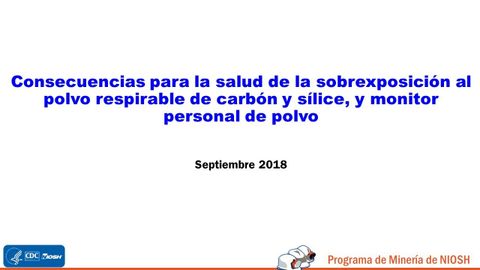Colinet:過度接觸可吸入碳和硅粉塵。 (Colinet: La sobrexposición al polvo respirable de carbón y sílice)
 沒有此條件下的單字
沒有此條件下的單字- adj.巨大的;大而重的;大量的;厚重的;大規模的
US /ˈævərɪdʒ, ˈævrɪdʒ/
・
UK /'ævərɪdʒ/
- n. (c./u.)平均
- v.t.算出...的平均數
- adj.平均的;一般的,通常的;中等的
US /ɪkˈspoʒɚ/
・
UK /ɪk'spəʊʒə(r)/
- n.未經照射的 ; 未曝光的;曝光;揭露(某事);揭發(某事);曝露;暴露;曝曬;(醫療)失溫;暴露;(金融)風險承擔
- n. (c./u.)疾病;植物病害;弊病
- v.t.使…患病;使…腐化

